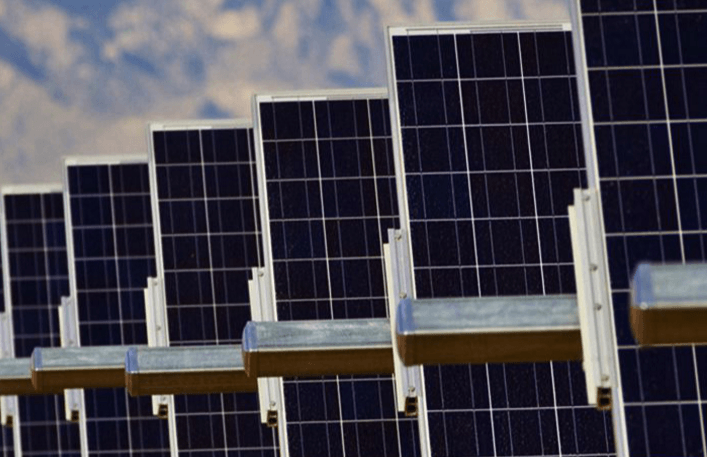
SunEdison filed for bankruptcy protection in New York on Thursday, in quite the Icarian fall for a company that less than a year ago was valued at over $10 billion.
The Missouri-based company was long considered the flexed bicep muscle symbolizing the clean energy sector, which keeps growing despite the removal of government-sponsored financial incentives and the current cheap price of fossil fuels. With its programs that promoted diversity and the hire of military veterans, SunEdison was shining as a success story for the “green jobs” movement that shouted loudly worldwide as many citizens lost their jobs during the 2008-2009 global fiscal crises.
But it was apparent that SunEdison’s big bicep was largely fueled by inflated, artificial and steroid-like growth. The acquisition of firms such as First Wind and Vivint Solar concerned analysts who saw that $4.6 billion buying spree correlate with a rapid spike in SunEdison’s debt-to-equity ratio.
Last fall, the company laid off approximately 15 percent of its workforce in an attempt to correct course and make the company more efficient. The transaction involving Vivint ended up failing, and that company is now suing for damages based on the financial benefits its stockholders expected from SunEdison’s planned acquisition.
Meanwhile, the Securities and Exchange Commission (SEC) launched an investigation based on suspicions that SunEdison’s executives exaggerated its liquidity. Analysts largely suggested that SunEdison’s estimated $1 billion in cash on-hand was more like only $100 million. In an amended 10-K registered with the SEC, the company said the problem stemming from such discrepancies became evident due to an “identification by management of material weaknesses in its internal controls over financial reporting.” By late September, the company found itself shouldering a staggering debt of over $11.6 billion.
In a press statement issued yesterday, SunEdison said it would file for Chapter 11 bankruptcy in order to tackle that mountain of debt. The company’s CEO, Ahmad Chatila, offered investors the usual Pablum that SunEdison “will be in an even better position over the long term” and regain its status as a leader within the renewables sector. The company claims that it has so far secured $300 million in financing in order to start restructuring its debt.
As for the yield-cos that SunEdison founded, TerraForm Power and TerraForm Global, those firms are not part of the Chapter 11 filing. Established by SunEdison to buy power plants the company had already established in order to generate new sources of cash, both companies have performed disappointingly on the securities markets, as Bloomberg notes that investors’ interest in purchasing stock in yield-cos has been on a steady decline. These same firms also became wary of SunEdison’s finances. In an investor notification filing (8-K) registered with the SEC last month, TerraForm Global complained that SunEdison’s potential bankruptcy could have a negative impact on its future performance.
Many in the news media are depicting SunEdison’s foibles as the symptom of a young industry struggling to get its sea legs up. But as Jenny Chase of Bloomberg New Energy Finance (BNEF) stated, SunEdison’s failures are more about lax corporate governance and poor strategy than the clean-energy industry’s performance and potential.
“What has distinguished SunEdison,” said Chase in an op-ed on BNEF’s website, “has been the relentless and unfocused pursuit of growth, in which it has invested vast amounts of borrowed money.”
Size mattered to SunEdison’s executives, but reckless ambition has shrunk the company’s stature amongst its peers in the renewables sector.
Image credit: SunEdison

Leon Kaye has written for 3p since 2010 and become executive editor in 2018. His previous work includes writing for the Guardian as well as other online and print publications. In addition, he's worked in sales executive roles within technology and financial research companies, as well as for a public relations firm, for which he consulted with one of the globe’s leading sustainability initiatives. Currently living in Central California, he’s traveled to 70-plus countries and has lived and worked in South Korea, the United Arab Emirates and Uruguay.
Leon’s an alum of Fresno State, the University of Maryland, Baltimore County and the University of Southern California's Marshall Business School. He enjoys traveling abroad as well as exploring California’s Central Coast and the Sierra Nevadas.














